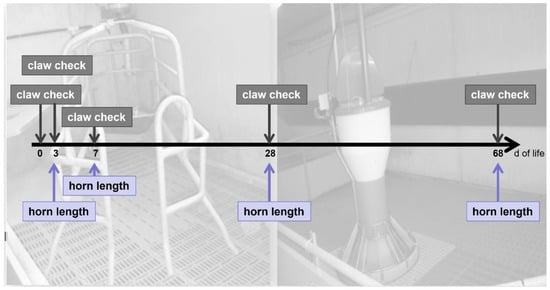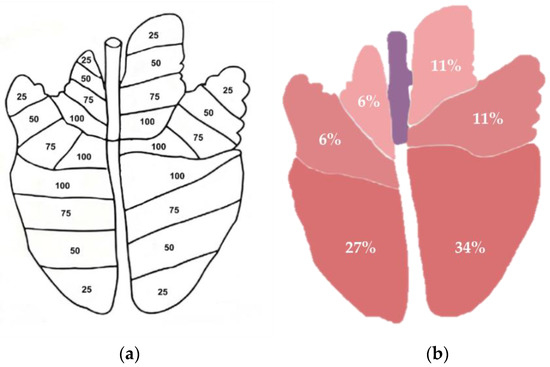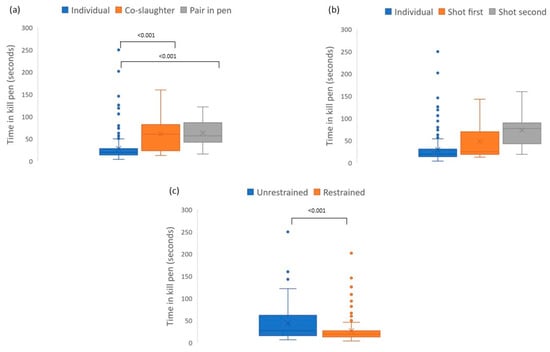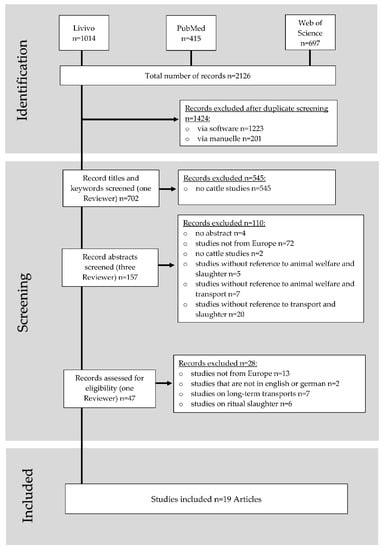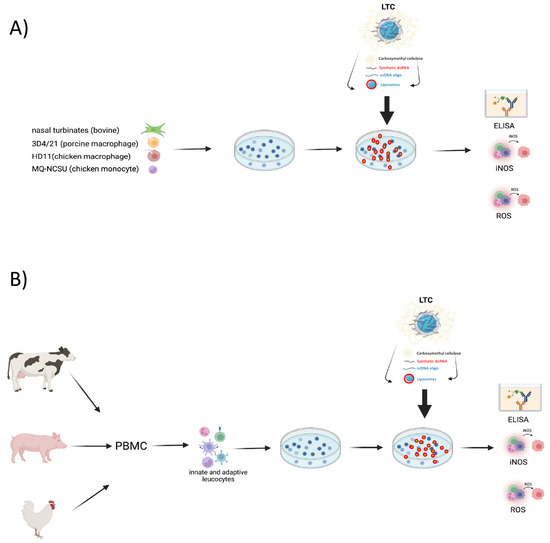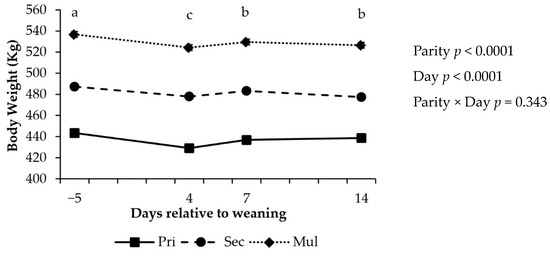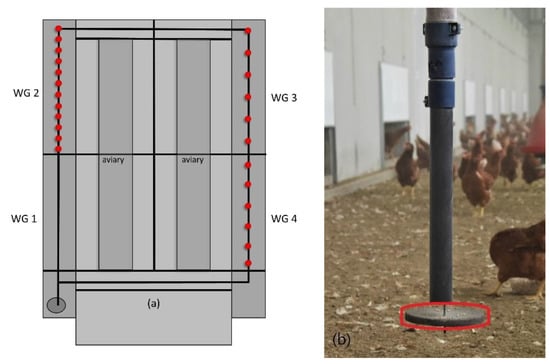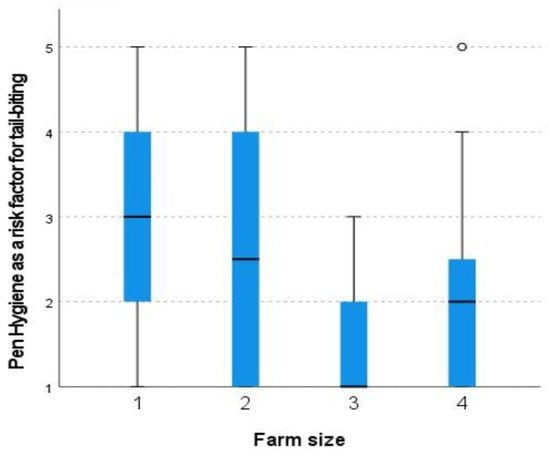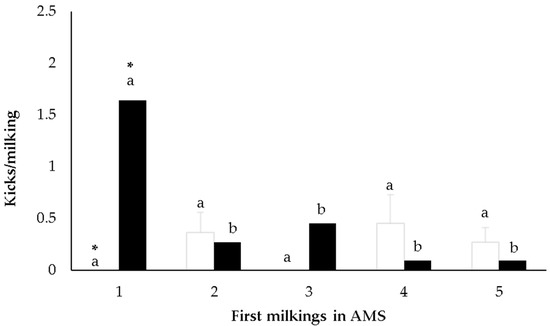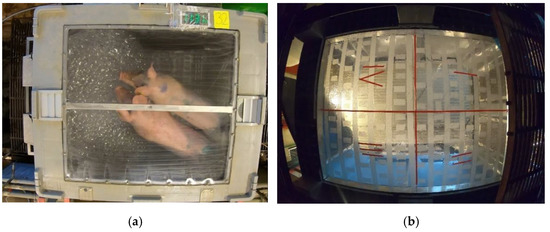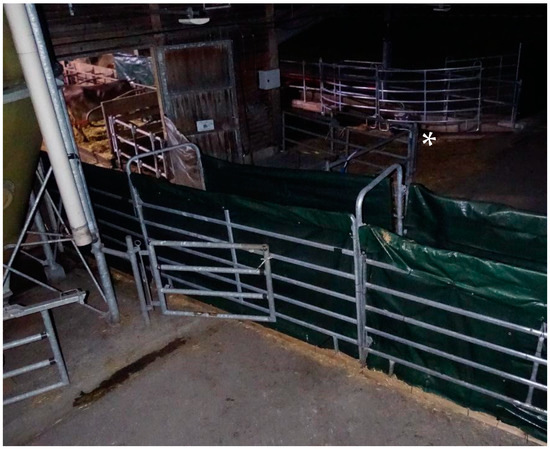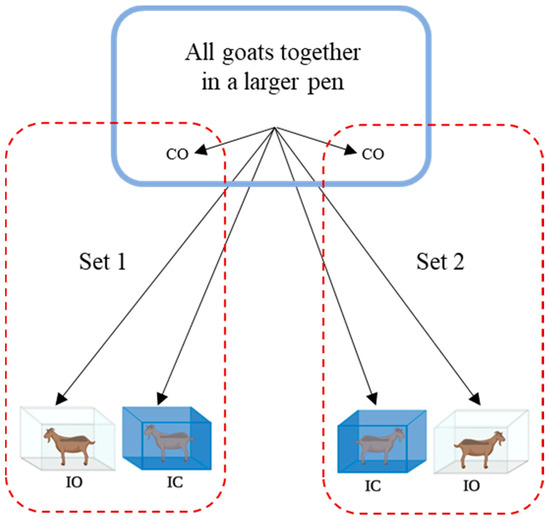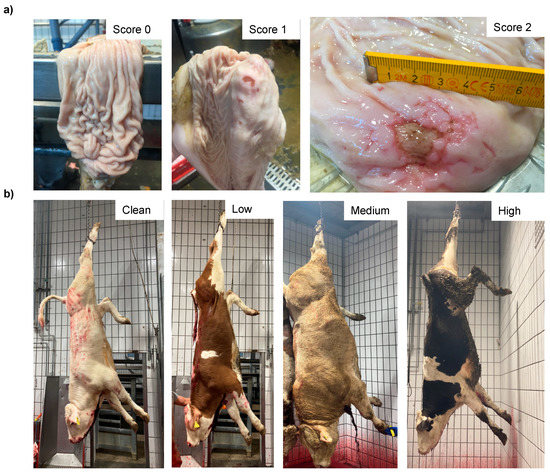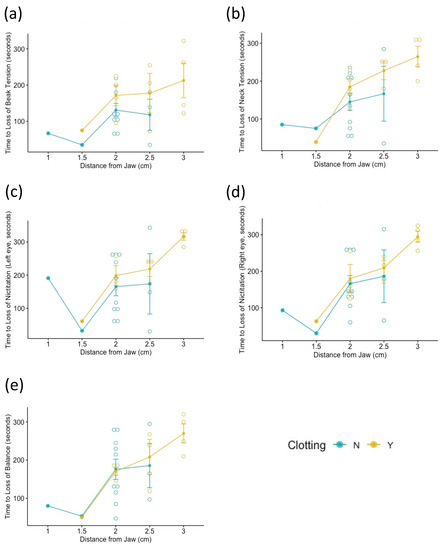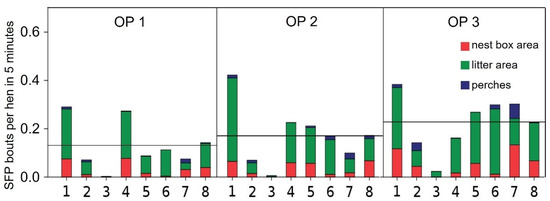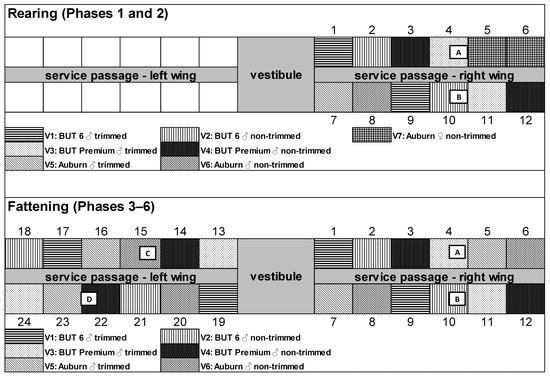Welfare of Animals in Livestock Production Systems and at Slaughter
A topical collection in Animals (ISSN 2076-2615). This collection belongs to the section "Animal Welfare".
Viewed by 51730Editor
Topical Collection Information
Dear Colleagues,
The current legislation for animal welfare often defines only minimum requirements and does not yet prevent animal welfare-related problems from being widespread in all production stages. Problems are regularly experienced with cattle, pigs, and poultry, and examples range from lameness in dairy cows to tail biting in fattening pigs and feather pecking in laying hens. As prophylaxis and to minimize some of these problems, interventions are carried out on animals associated with pain, such as dehorning calves, shortening the tail of piglets, and beak-trimming of chicks. Inappropriate and rough treatment of animals at the slaughterhouse and insufficient assessment of adequate stunning at the slaughterhouse also impair the animals’ well-being. Different approaches are being made to improve housing systems and slaughter processes for livestock. Improvements have become part of retail communication, not least because consumers increasingly demand ethically correct livestock handling. To date, however, not all questions and relationships of the known problems and their occurrence have been conclusively clarified.
Original research papers that address aspects to further improve animal welfare in livestock husbandry and at slaughter are invited to this Collection. Topics on the development and evaluation of new housing systems, environmental enrichment, alternatives to zootechnical measures, humane handling and humane slaughter, and other research on the support of health and animal well-being are of particular interest.
Dr. Shana Bergmann
Collection Editor
Manuscript Submission Information
Manuscripts should be submitted online at www.mdpi.com by registering and logging in to this website. Once you are registered, click here to go to the submission form. Manuscripts can be submitted until the deadline. All submissions that pass pre-check are peer-reviewed. Accepted papers will be published continuously in the journal (as soon as accepted) and will be listed together on the collection website. Research articles, review articles as well as short communications are invited. For planned papers, a title and short abstract (about 100 words) can be sent to the Editorial Office for announcement on this website.
Submitted manuscripts should not have been published previously, nor be under consideration for publication elsewhere (except conference proceedings papers). All manuscripts are thoroughly refereed through a single-blind peer-review process. A guide for authors and other relevant information for submission of manuscripts is available on the Instructions for Authors page. Animals is an international peer-reviewed open access semimonthly journal published by MDPI.
Please visit the Instructions for Authors page before submitting a manuscript. The Article Processing Charge (APC) for publication in this open access journal is 2400 CHF (Swiss Francs). Submitted papers should be well formatted and use good English. Authors may use MDPI's English editing service prior to publication or during author revisions.
Keywords
- animal welfare
- farm animal
- environmental enrichment
- husbandry system
- behavior
- zootechnical measures
- climate
- handling
- slaughter






